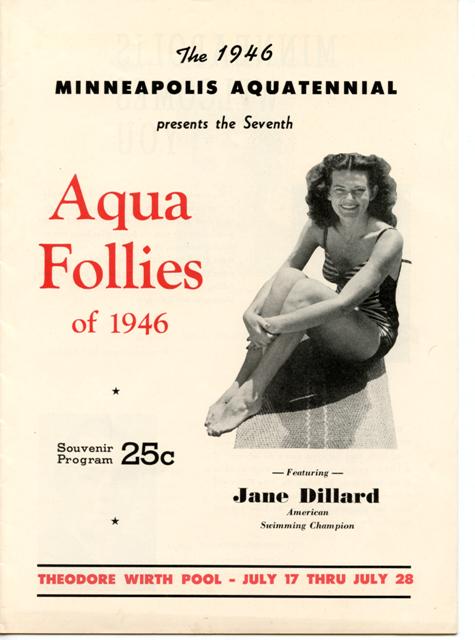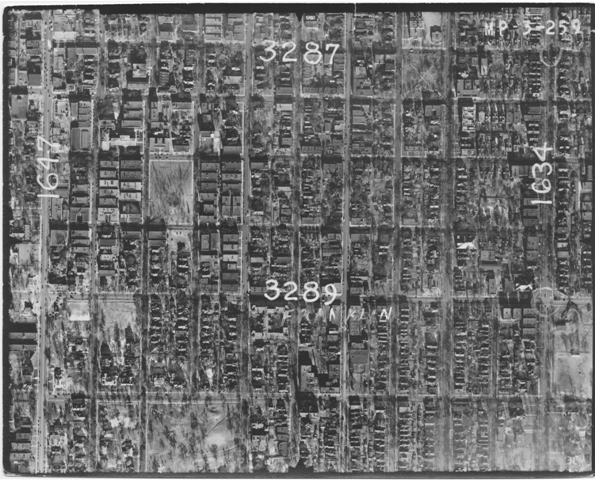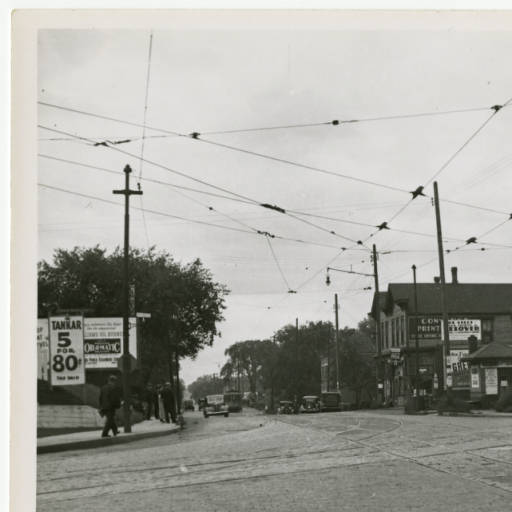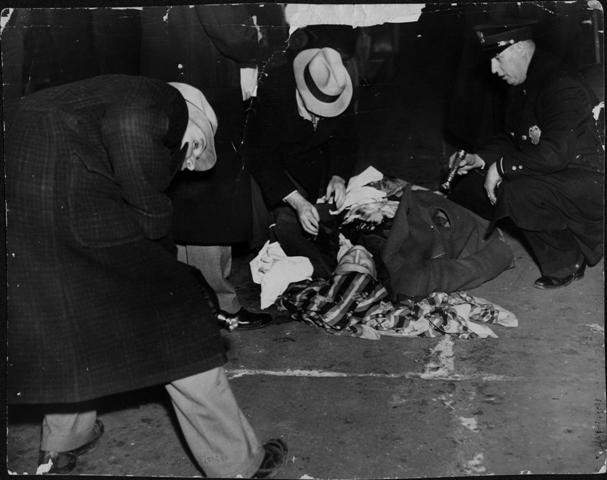Published April 24, 2014 by Derek Waller
Today’s guest blogger is Derek Waller, a senior from St. Olaf College who interned with the Historyapolis Project for his January term. A history major with a minor in gender studies, Waller explores the history of abortion in Minneapolis in this two-part post.
When Theresa Solie arrived in Minneapolis in 1938, she hoped to find more opportunities than she had in her hometown of Cornell, Wisconsin. A high school graduate with a degree from a business college in Wausaw, Theresa had strong credentials for a young woman seeking employment.
But given the economic climate of the time, it’s not surprising that Theresa was unable to put her training to use. In 1938, the city was still mired in the Great Depression. The previous winter had been miserable; only a huge infusion of federal aid had kept the community afloat. Labor conflicts, escalating racial tensions and intensifying Anti-Semitism had fed the dark mood of the city.
During her first few weeks in the city, Theresa stayed with a distant relative, Clara Leines. She then found domestic work with various families around the near North side, which meant that she had food and a place to stay. Eventually, she got a job as a waitress and began renting her own room. At least this is the story she told Clara.
A year later, Theresa died a few days after undergoing an illegal abortion. On her deathbed, she identified the doctor who had performed the procedure. She also reported that her landlord, Mr. Martin Schmidt, gave her $25 to pay for the procedure. When a policewoman questioned her further, she said that Schmidt was also responsible for her pregnancy.
Abortion had been outlawed in the United States since the middle of the nineteenth century. The procedure was legalized in 1973, when the Supreme Court handed down its Roe v. Wade decision. Solie died from a botched termination in the middle of this long century. The safety of illegal abortions varied according to the race and class of the patient. And from all indications Solie had no economic resources and little in the way of family support.
The criminalization of abortions never stopped women from seeing this procedure. Particularly during the Depression, women were desperate to control their fertility. Birth control became widely accepted. And a growing number of women sought abortions. The economic environment forced committed couples to delay marriage and put off child-bearing. Some families placed their children in orphanages, since they had money for neither food nor clothing. An unplanned pregnancy could bring economic catastrophe to a single woman.
Every city had doctors—like Dr. R.J.C. Brown—who were known to perform this procedure. In Minneapolis, Brown was probably well-known as an abortion provider, maintaining an office on 6th Avenue North, a main thoroughfare shown in this photo from 1936. This section of the near North side was known for its tippling houses and shabby brothels, a magnet for those seeking cheap liquor and illicit sex.
Despite the shifting landscape of reproductive rights, abortion was still considered a serious crime with severe legal consequences for doctors. And when Solie died, the state pressed charges against the doctor and Schmidt. When the defendants appealed for a retrial, the case went before the Minnesota Supreme Court nearly a year after Theresa’s death. The testimony before the court and the aftermath of court’s decision complicated Theresa’s story, shedding light onto a darker history that Minneapolitans of the time preferred to overlook.
This 1936 photo is of the intersection of 6th Avenue North and 7th Avenue in Minneapolis. It comes from the Streetcar Museum via the Digital Public Library of America. Thanks to William Mitchell law professor Ann Juergens, who shared this case and her other research on Lena Olive Smith with Historyapolis.



